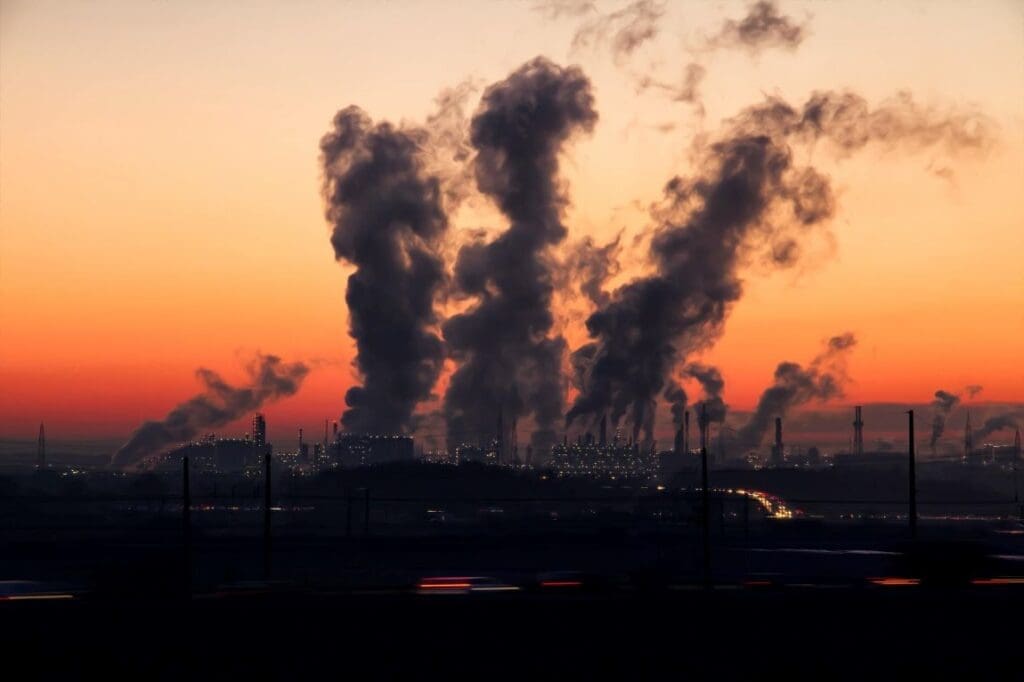A recent study has unveiled new insights into the connection between carbon dioxide (CO₂) concentrations in the atmosphere and tropical temperatures, challenging longstanding beliefs about the role of climate change in this relationship.
From 1959 to 2011, CO₂ levels were found to respond twice as strongly to tropical temperatures compared to earlier periods. While this has traditionally been attributed to rising droughts and shifts in the carbon cycle due to climate change, researchers from the Max Planck Institute for Biogeochemistry and Leipzig University propose that a small number of intense El Niño events may be the key driver.
Ecosystems, both in the tropics and beyond, play a critical role in absorbing CO₂ that is released by human activities, acting as natural buffers against climate change. These ecosystems, on average, absorb around a third of all human-generated CO₂ emissions. However, fluctuations in global carbon storage on land were noted during the 1980s and 1990s, particularly in response to tropical temperature changes. Researchers observed a dramatic rise in the sensitivity of CO₂ growth rates to temperature during this time.
The new study by researchers in Jena and Leipzig highlights that this increase in sensitivity coincided with more frequent El Niño events during the 1980s and 1990s, compared to the years between 1960 and 1979. The extreme El Niño events of 1982/83 and 1997/98 were especially impactful. These events triggered severe droughts and heat waves in tropical regions, hampering plant growth and reducing carbon uptake by ecosystems. Instead of absorbing CO₂, vegetation in the tropics released large amounts of carbon during these periods, further elevating atmospheric CO₂ levels.
The study underscores that this rise in atmospheric CO₂ is linked to internal climate variability, such as El Niño, rather than long-term changes in the carbon cycle caused by climate change.
“Our results show that this doubling of sensitivity is not necessarily a sign of a fundamental change in the response of the carbon cycle to climate change,” stated Na Li from the Max Planck Institute for Biogeochemistry, the study’s lead author. Rather, the increased sensitivity is tied to extreme El Niño events and their global effects.
Professor Ana Bastos from Leipzig University, senior author of the study, elaborated on the “slow-in, fast-out” dynamics of the carbon cycle that become evident during these extreme weather events. Carbon is absorbed by ecosystems at a slow pace but can be released suddenly and rapidly during events like strong El Niños, highlighting the vulnerability of these carbon sinks in the face of climatic fluctuations.
These findings are crucial in reducing uncertainties in climate projections. Previously, it was assumed that the heightened sensitivity of CO₂ to tropical temperatures indicated a permanent shift in the carbon cycle driven by climate change. However, the new research suggests that such spikes are short-term responses to extreme events, rather than signs of long-term change.
This insight has the potential to improve climate models and enhance our ability to predict future climate scenarios. Junior professor Dr. Sebastian Sippel from Leipzig University remarked that better understanding the effects of extreme climate events, such as El Niño, on carbon dynamics will be vital for making more accurate forecasts.
Several of the study’s authors, including Professor Ana Bastos, junior professor Dr. Sebastian Sippel, Professor Miguel Mahecha, and Professor Markus Reichstein, are part of Leipzig University’s Cluster of Excellence Breathing Nature. This initiative focuses on the intricate relationships between climate change, biodiversity, and human activity, using cutting-edge research methods to unravel the complex dynamics of ecosystems and the atmosphere.
The study provides a fresh perspective on the interactions between natural climate variability and carbon cycles, emphasizing the significant role of extreme weather events like El Niño in influencing atmospheric CO₂ levels. These findings not only challenge previous assumptions but also contribute to more accurate and reliable climate projections in an increasingly volatile world.
Journal Reference:
Na Li et al. ‘Enhanced global carbon cycle sensitivity to tropical temperature linked to internal climate variability’, Science Advances 10, eadl6155 (2024). DOI: 10.1126/sciadv.adl6155
Article Source:
Press Release/Material by Leipzig University
Featured image credit: boris misevic | Unsplash




